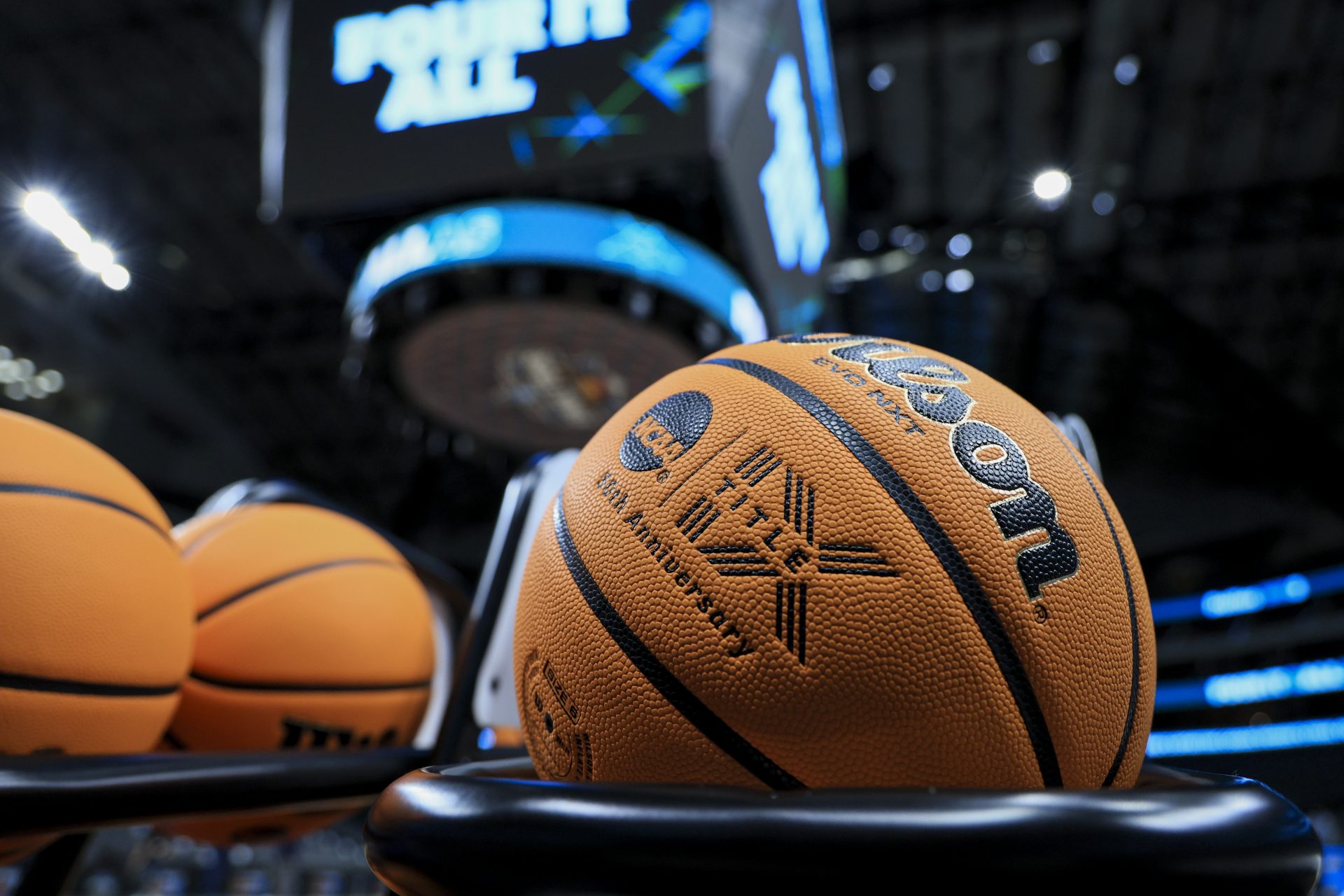Last Friday was a historic day for U.S. collegiate sports when the settlement in House v. NCAA was approved. Starting July 1, collegiate sports programs will be able to share up to $20.5 million with their athletes.
According to an On3 estimate, 75% of this amount will be dedicated to football, 15% to men’s basketball, 5% to women’s basketball, and 5% to all other sports.
So, what happens now?
Full Timeline of House vs NCAA Settlement
Judge Claudia Wilken’s decision has created an entirely new scenario in college sports. Naturally, implementing it will entail establishing a series of structures that will be organized step by step.
Here is the timeline for putting this machinery into operation:
- June 6: The NCAA’s proposed settlement from April is approved.
- June 11: The “NIL Go Portal” will launch. It is a clearinghouse where all NIL contracts with third parties over $600 must be approved, among other things.
- June 15: Deadline for non-defending schools to commit to the revenue-sharing system.
- July 1: The revenue sharing system officially begins.
- July 6: Deadline for schools to designate student-athletes to remain on rosters above the allowable limits, as approved in the settlement.
- Beginning of the 2025–26 academic year: All fall sports rosters must be within the established limits, except for designated student-athletes as per the settlement.
- Dec. 1: All winter and spring sports rosters must be within the established limits, except for designated student-athletes per the settlement.
With the House v. NCAA settlement approved, here is what the timeline looks like in the next few months, per the new College Sports Commission: https://t.co/aNV6udOuCK pic.twitter.com/qdI9sXP3TU
— Pete Nakos (@PeteNakos_) June 7, 2025
The House v. NCAA case is a landmark antitrust lawsuit challenging the NCAA’s restrictions on athlete compensation.
Filed in 2020 by former Arizona State swimmer Grant House and others, the case argued that NCAA rules prohibiting athletes from earning revenue from name, image, and likeness (NIL) before 2021 violated antitrust law by artificially suppressing the market for athlete endorsements.
The plaintiffs sought billions of dollars in damages for past athletes who were denied name, image, and likeness (NIL) opportunities. This eventually forced the NCAA to retroactively compensate athletes before 2021, with an estimated total amount of $2.8 billion.
KEEP READING: What Are the Unresolved Issues in the NCAA House Settlement That Still Need Addressing?
This case was built on prior rulings like NCAA v. Alston (2021), where the Supreme Court affirmed antitrust scrutiny of NCAA restrictions. The outcome could now pressure Congress to establish federal NIL standards.
College Sports Network has you covered with the latest news, analysis, insights, and trending stories in football, men’s basketball, women’s basketball, and baseball!


